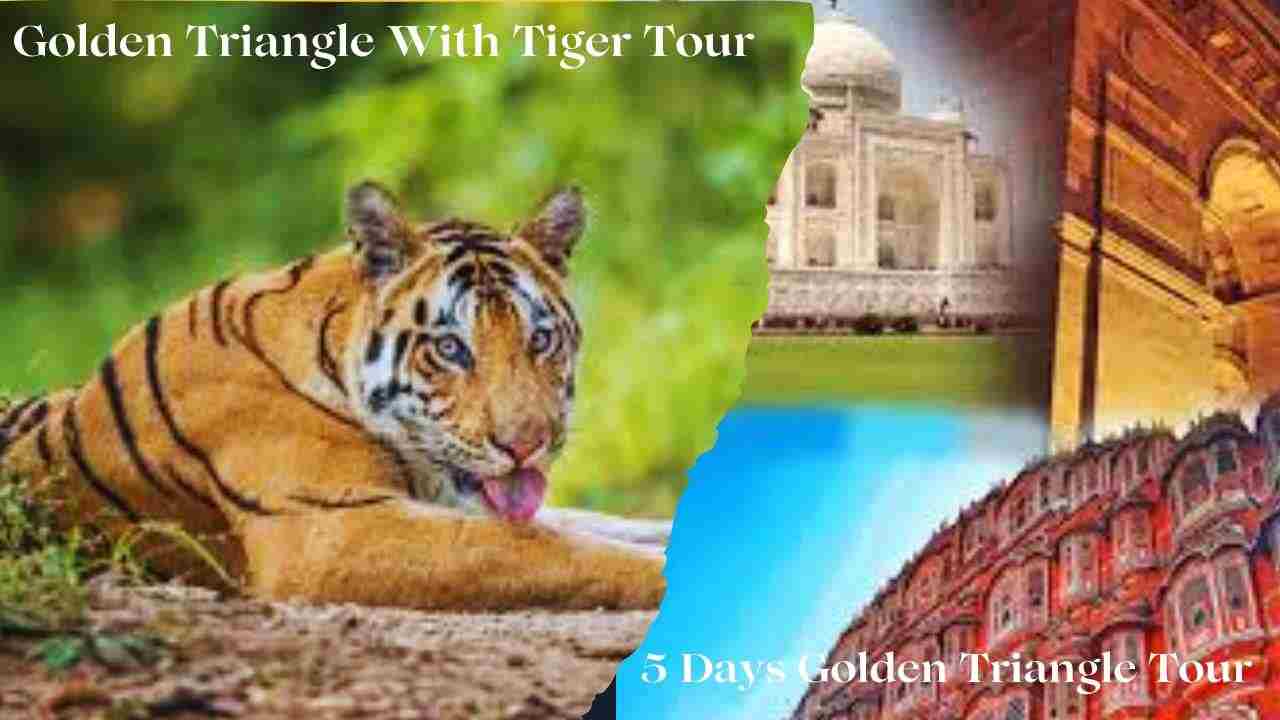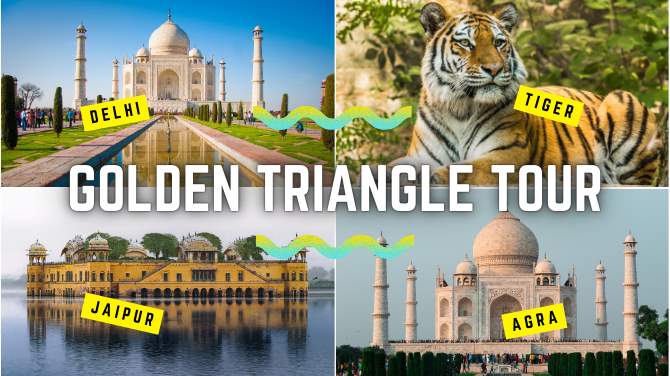
Palaces to Wildlife: India’s Golden Triangle Journey
The Golden Triangle with Tiger Safari blends Delhi, Agra, Jaipur’s history with a Ranthambore tiger safari,



© 2024 Crivva - Business Promotion. All rights reserved.